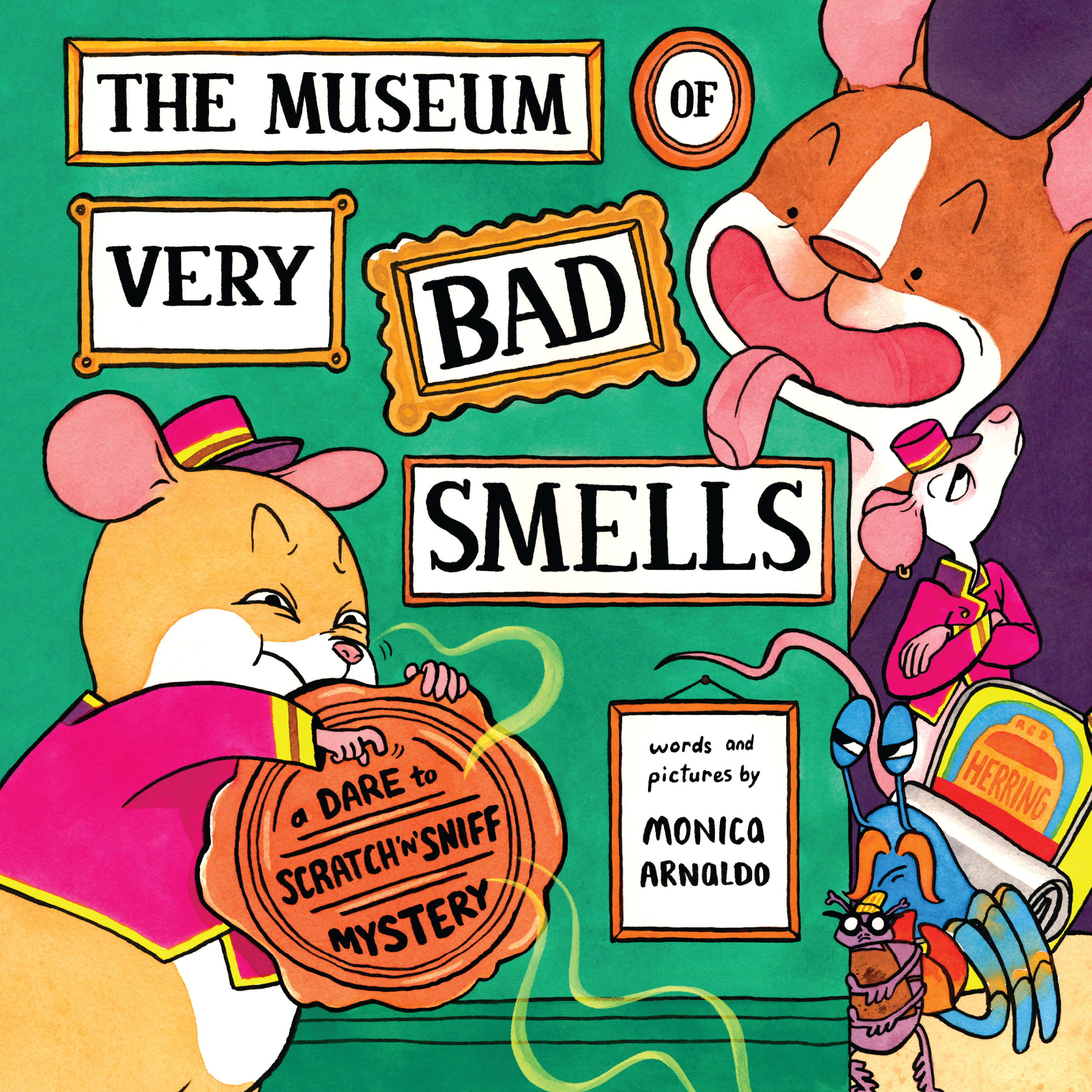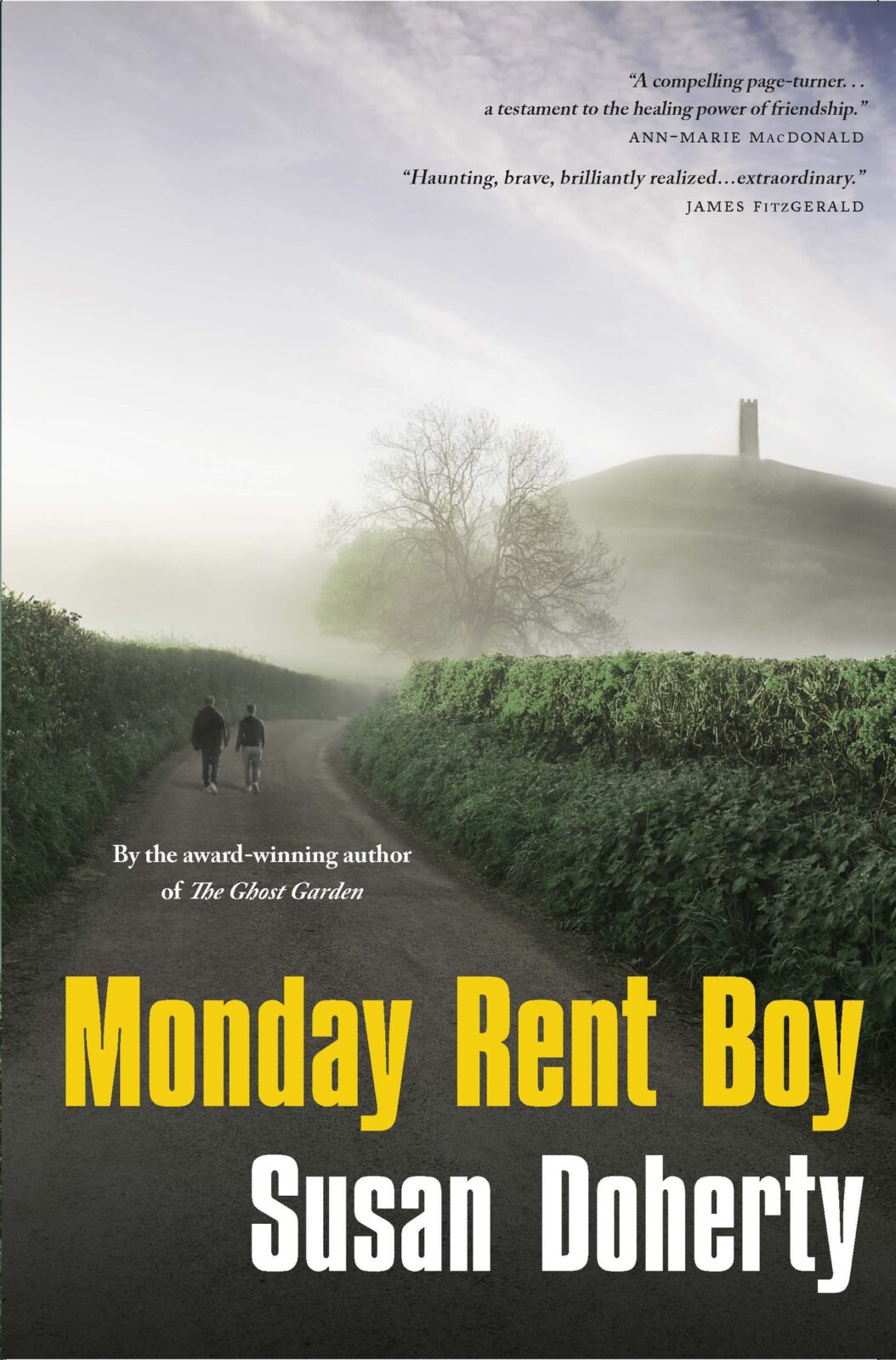A review of 36 Cornelian Avenue by Christopher Wiseman
Published on September 1, 2008
36 Cornelian Avenue
Christopher Wiseman
Vehicule Press
$16
paper
81pp
97801055065023900
Christopher Wiseman, one of Canada’s finest poets, has published nine previous collections. Wiseman has always made excellent use of his memories of England, particularly his native Yorkshire. In
36 Cornelian Avenue, he recalls the harshness and dangers of life in Scarborough during World War II. Wiseman’s avowed touchstones are “commemoration and clarity,” and these qualities are everywhere apparent in the book. Wiseman’s clarity is verbal, certainly: his consummate use of traditional forms guides the reader’s perceptions. But this is also a collection in which the senses are constantly brought before the reader’s imagination, giving the sights, sounds, smells, and tastes of his life in Wheatcroft, his district in Scarborough. He cites children’s games and rhymes and popular songs, giving the book a kind of soundtrack. One poem summons up the posters that aimed to inspire and instruct the populace. His images are precise and austere: during the War, rationing and blackouts chastened the senses. There is one amusing exception to the bleakness: when a father brought a captured German parachute home from the air base, the women of the area made voluptuous underwear from it to wear under their mended clothing, reversing the old jibe about a woman having a fur coat and no knickers. The shortages lasted for some time after the War, and the occasional mine drifting onto the beach extended the conflict in a terrifying way. Scarborough came through the War with little damage from military action. But one black night a Junkers 88 roared over Cornelian Avenue firing its cannons, and then came back to strafe the area a second time. The poet is aware that people in other British cities suffered far more and cites statistics: 8,000 children killed, 8,000 wounded. Wiseman treats the strafing incident with pathos-a man was crippled for life – and with humour: an air raid warden sheltered a woman’s body with his own, leading to passionate consequences.
The book presents the author’s experience but it contains many vivid sketches of the people in his town – the butcher and the milkman, the newspaperman and the schoolteachers, and the woman who kept the café and post office. A neighbourhood is more than a collection of houses, and Wiseman shows people singly and interacting. His commemorative spirit comes through in the portraits, though he pays off a few scores against the cruel and insensitive. His tenderness for his parents comes through very strongly. He describes giving his mother a replica of a rationing book, only to watch her recoil. The incident conveys the power the War still had on the imagination of those who went through it. In the final poem, he writes about a visit to Mecklenburgh Square in London, where his father had worked in the Air Ministry. Separation from fathers brought on by war is a theme in the work, and it reaches a culmination in this weighty concluding poem, written in flawless three-line stanzas. Wiseman’s poem commemorates his father with almost unbearable feeling, and considers his own fatherhood, reminding us that the past is the foundation of the present. And that is one thing the commemorative spirit can do: point to the continuities of life. mRb
Bert Almon lives in Edmonton, Alberta. Retired from teaching, he follows the careers of his former students.






0 Comments